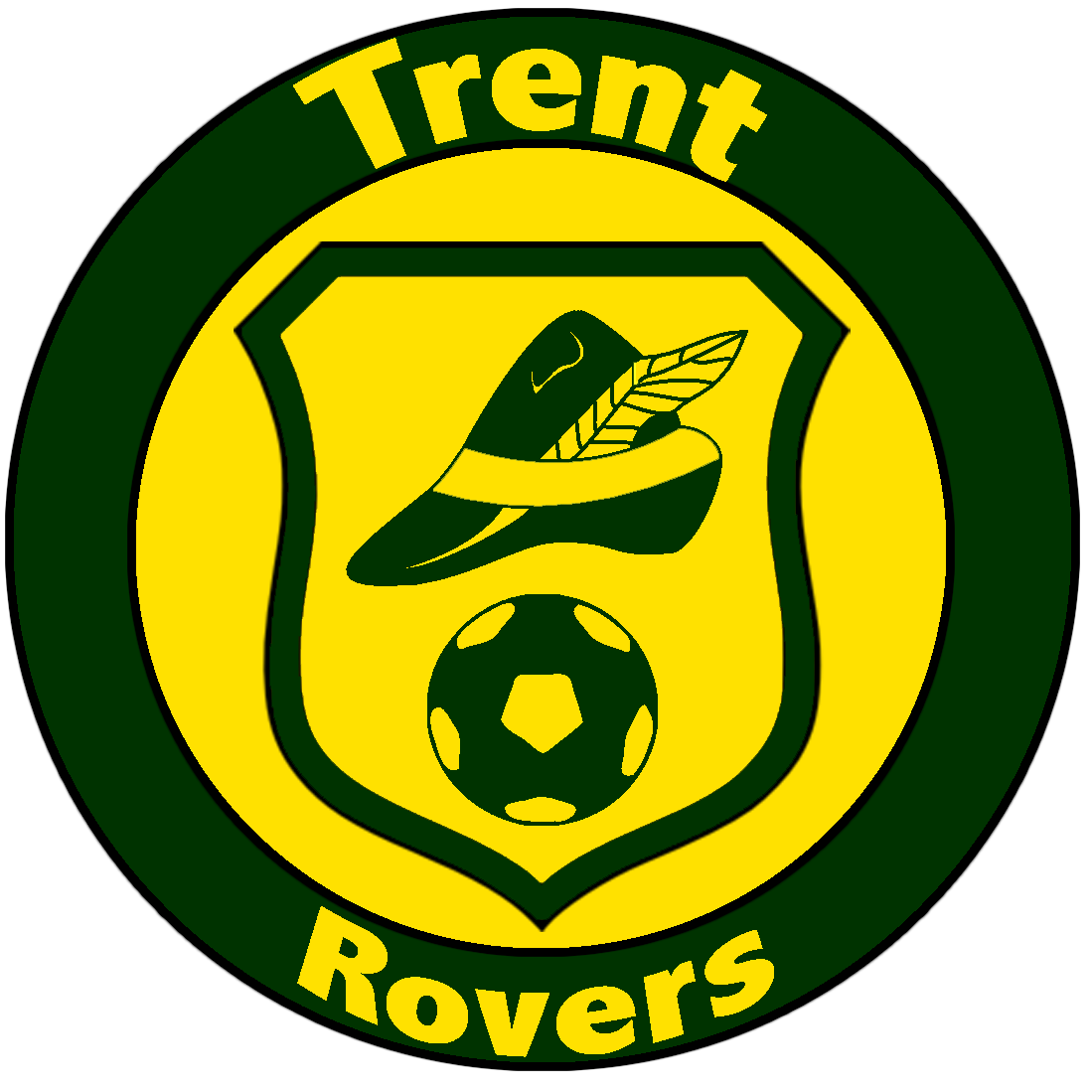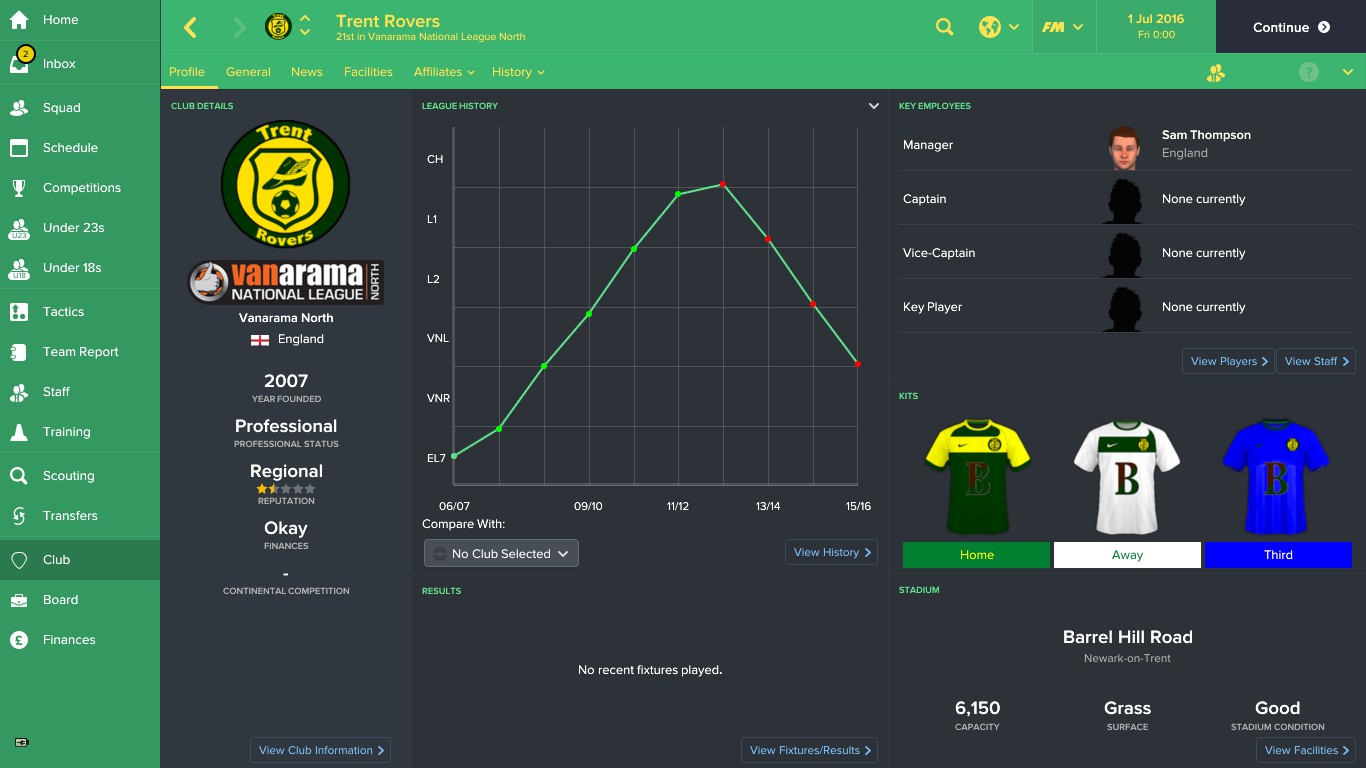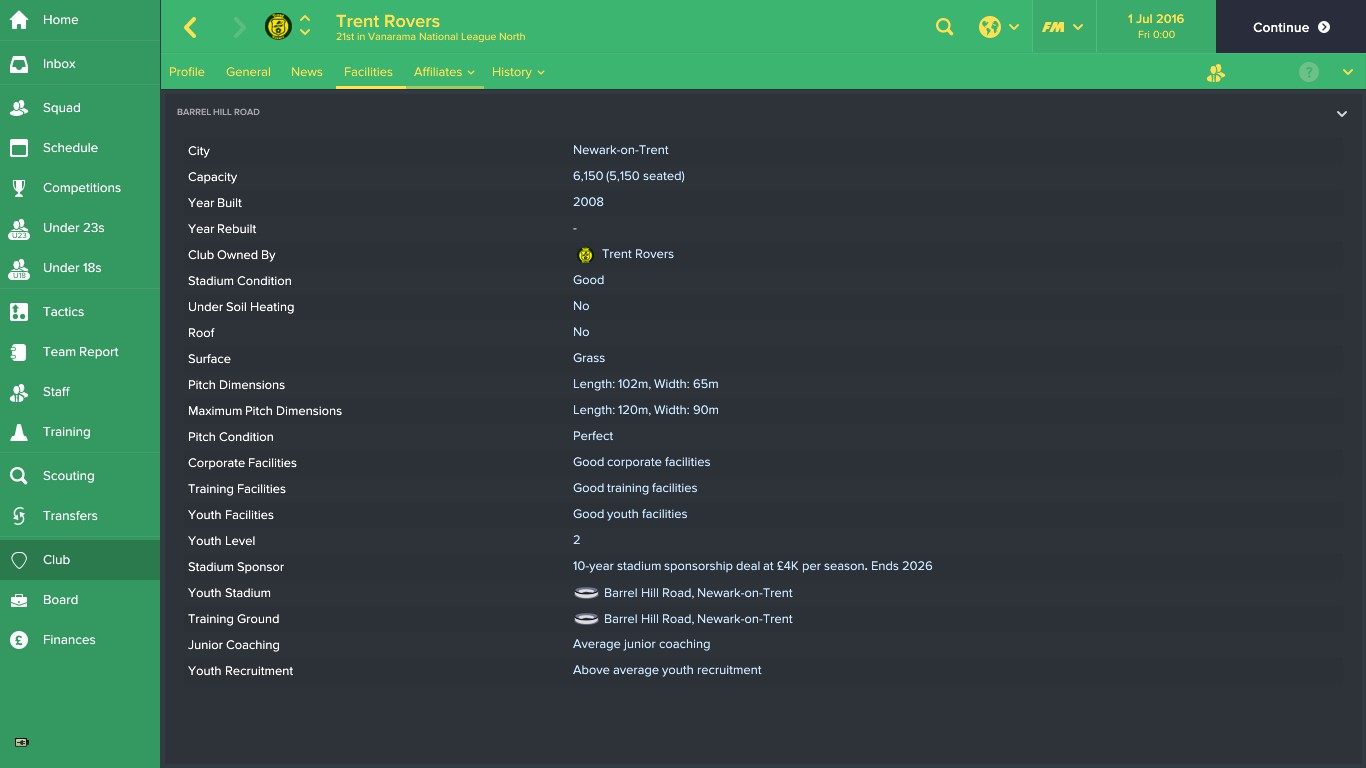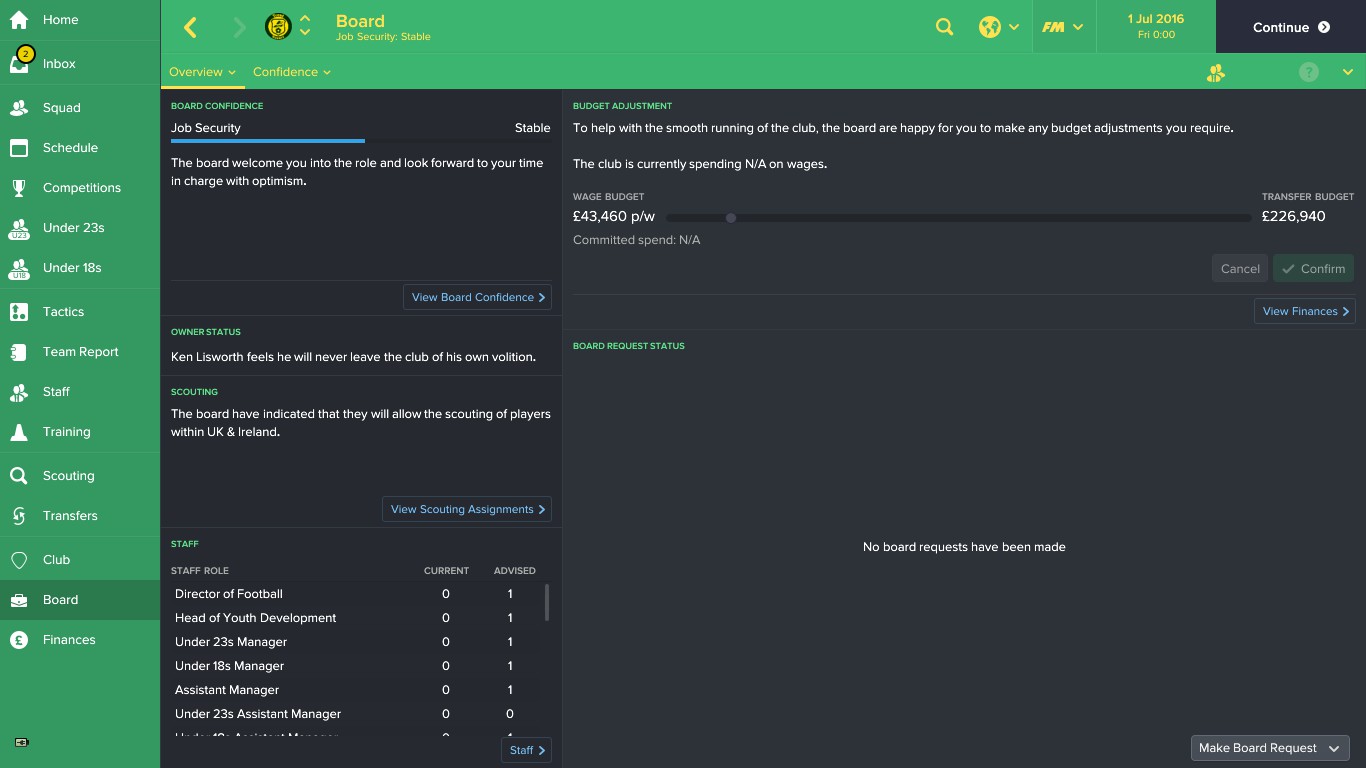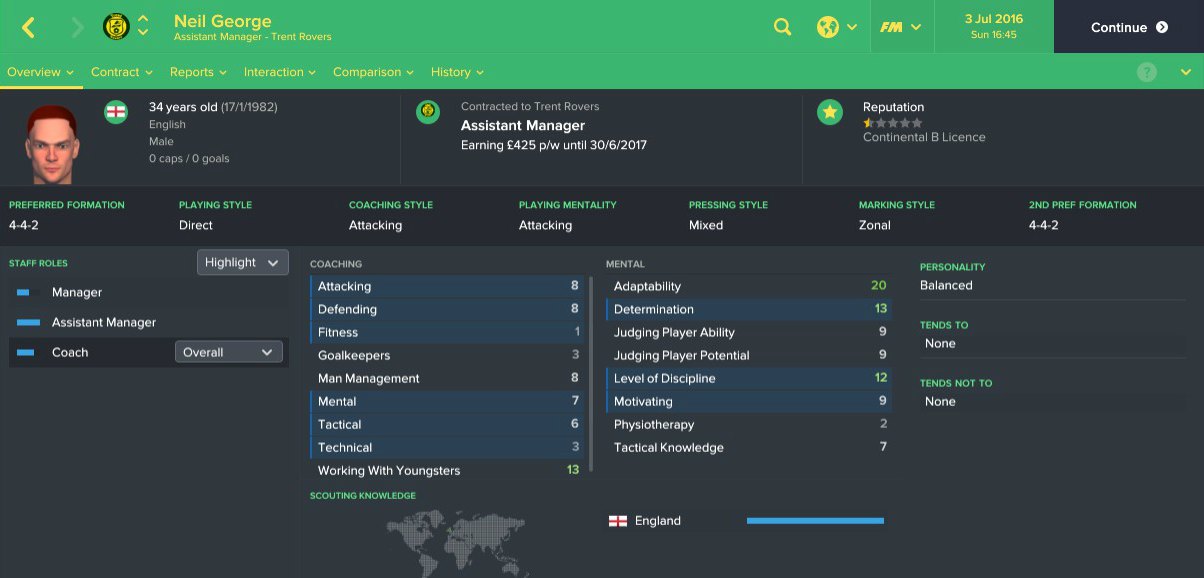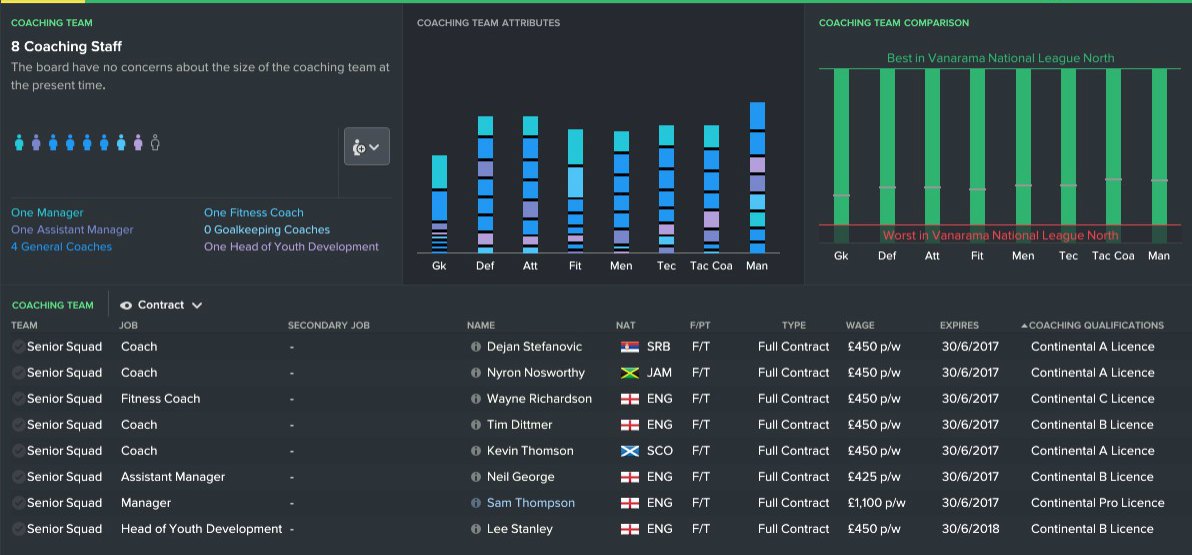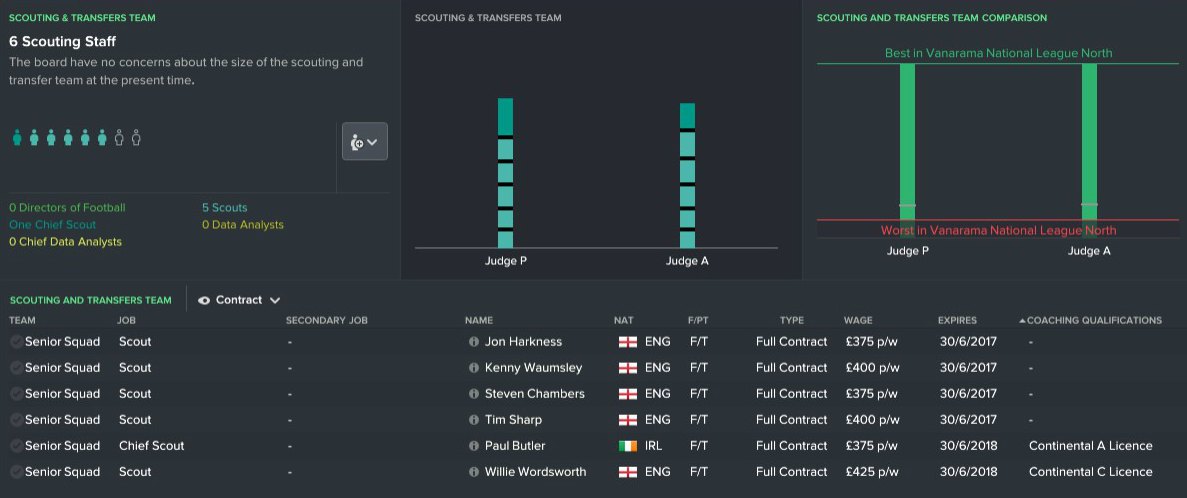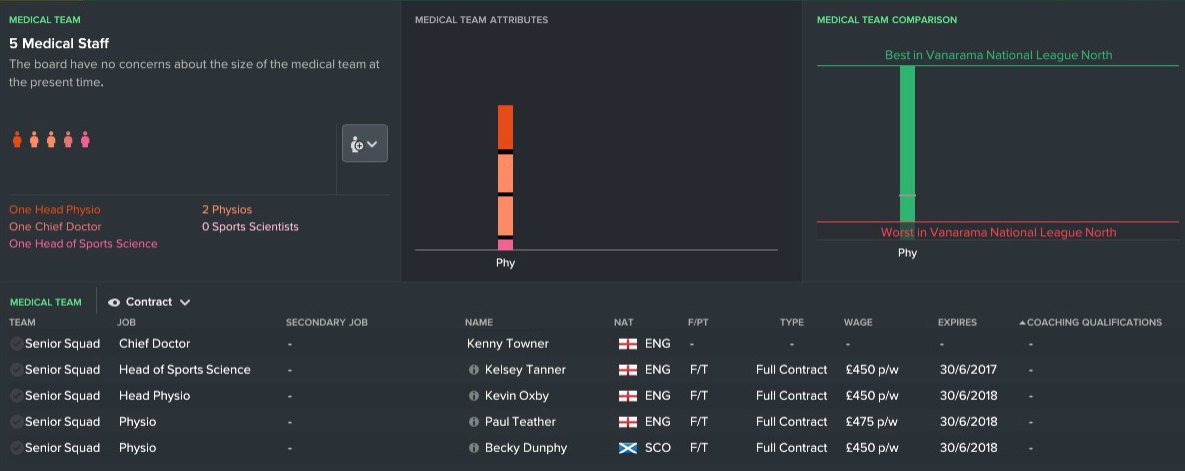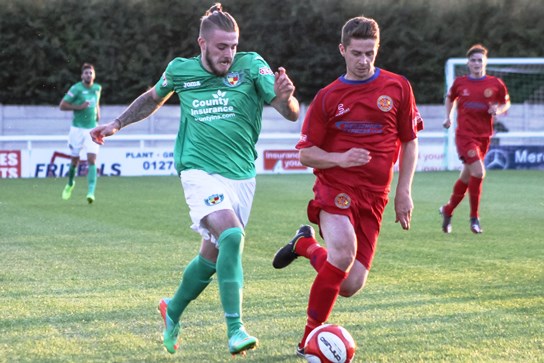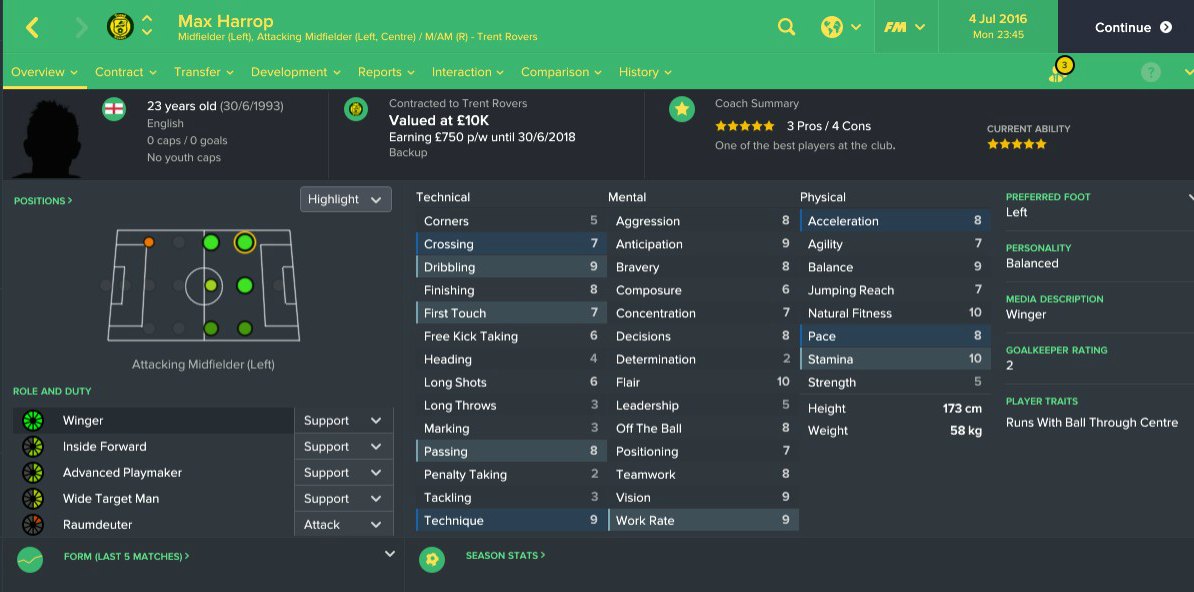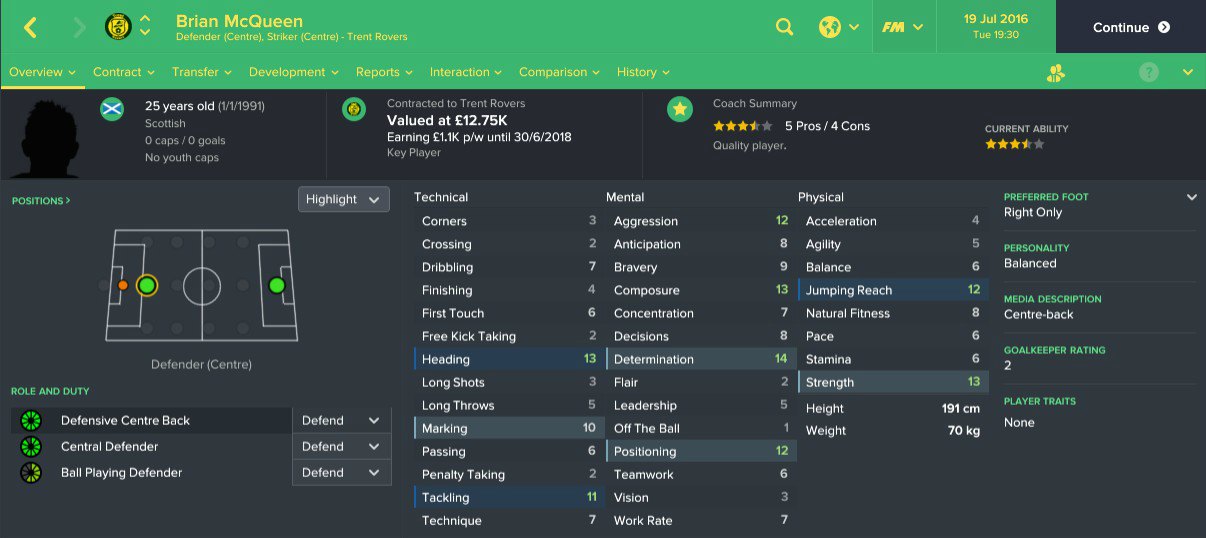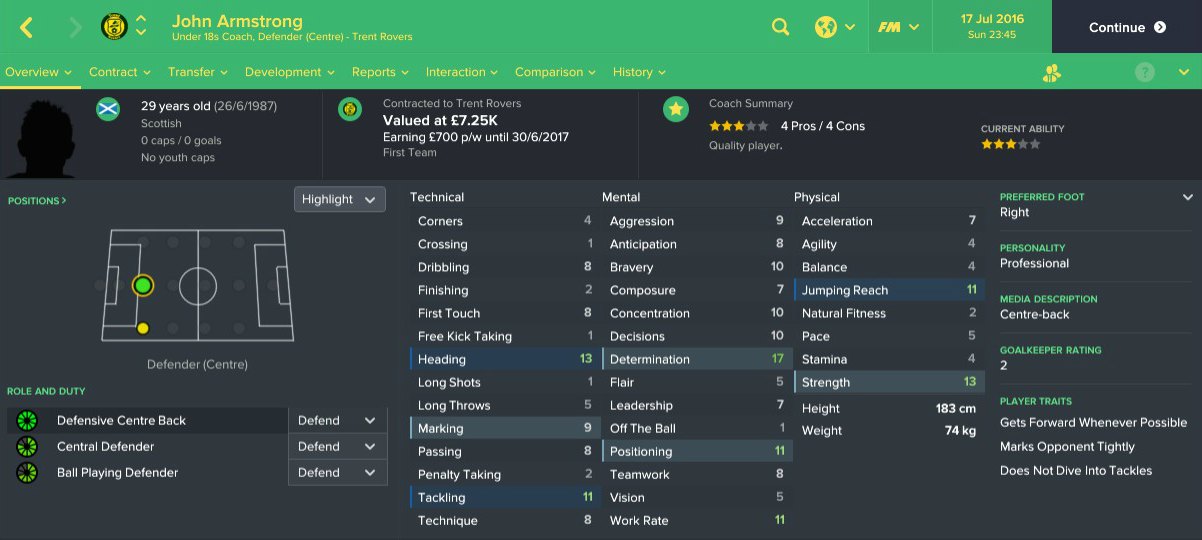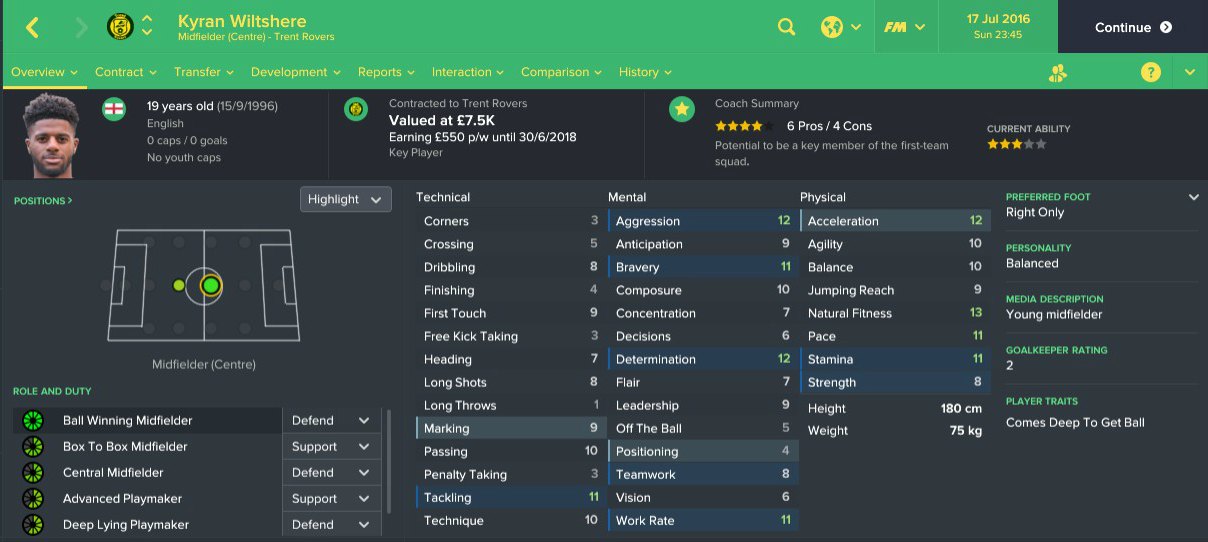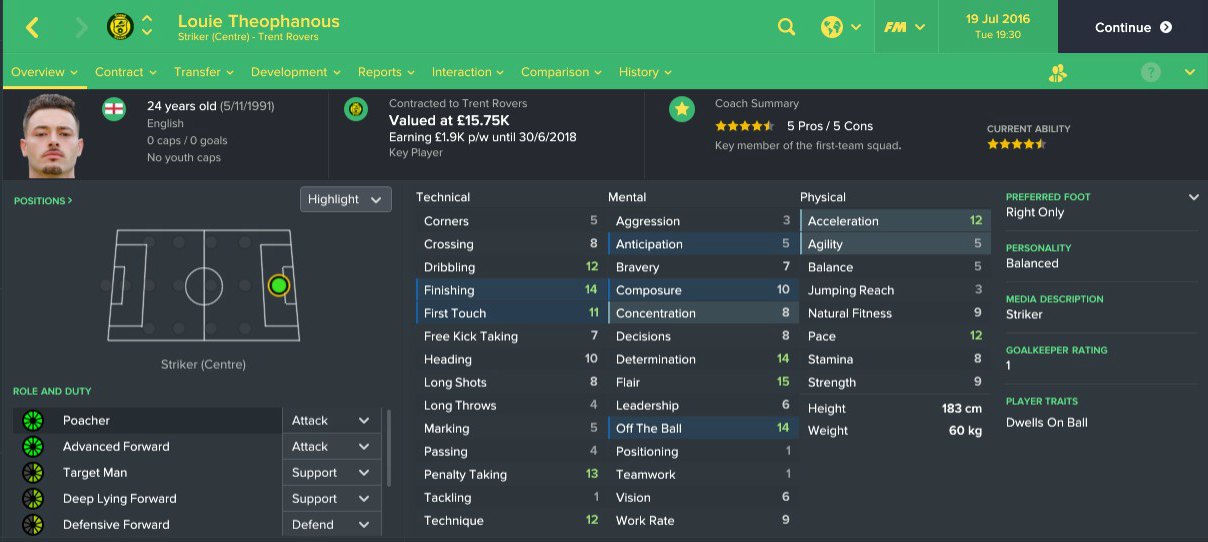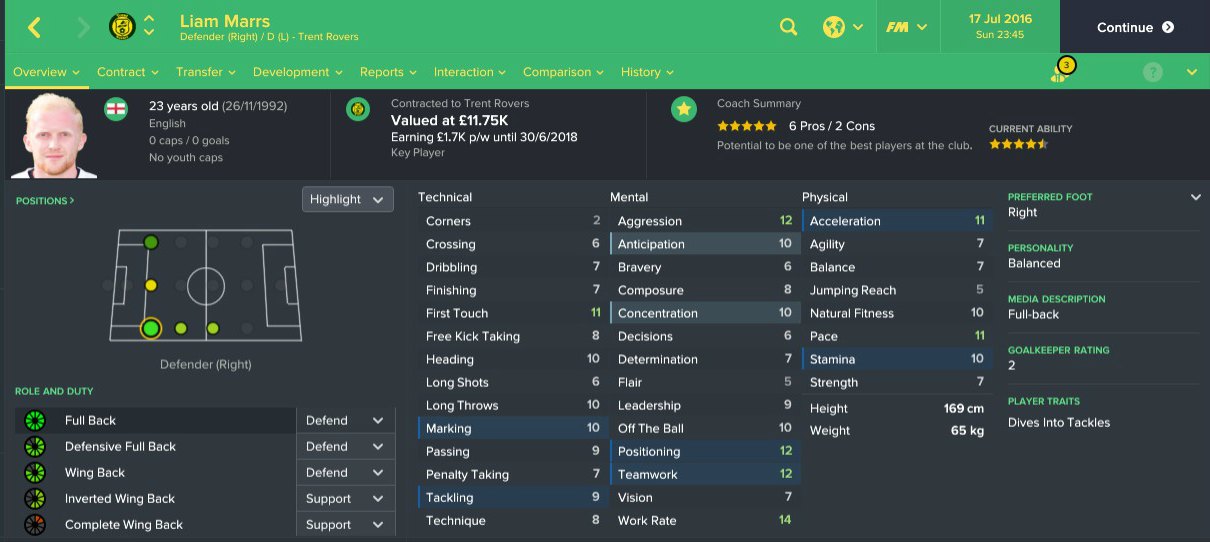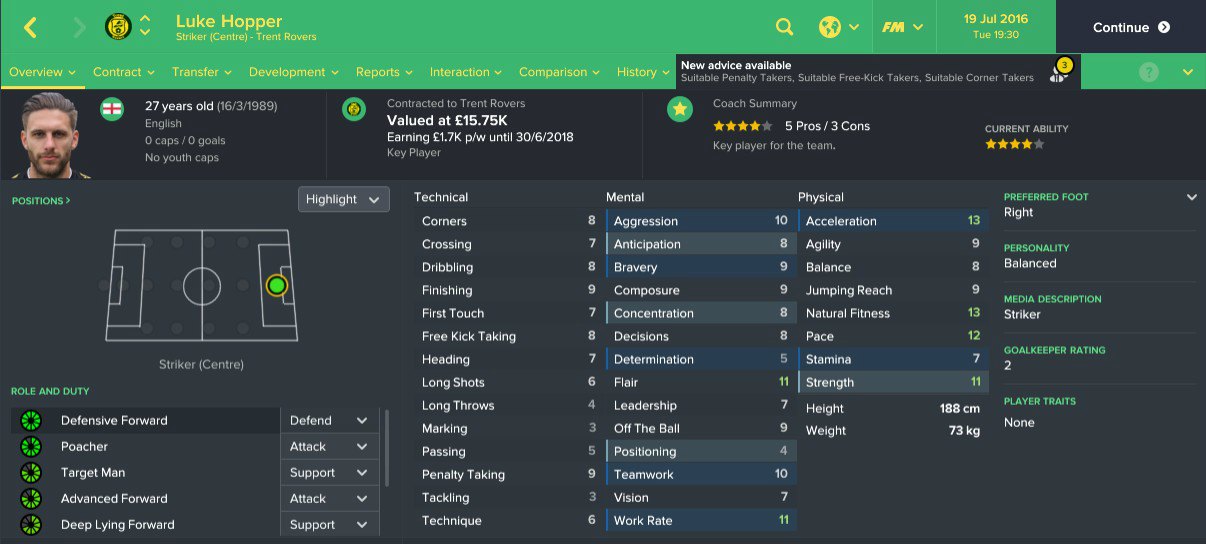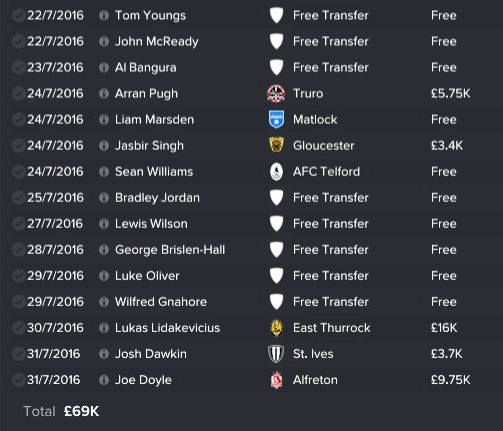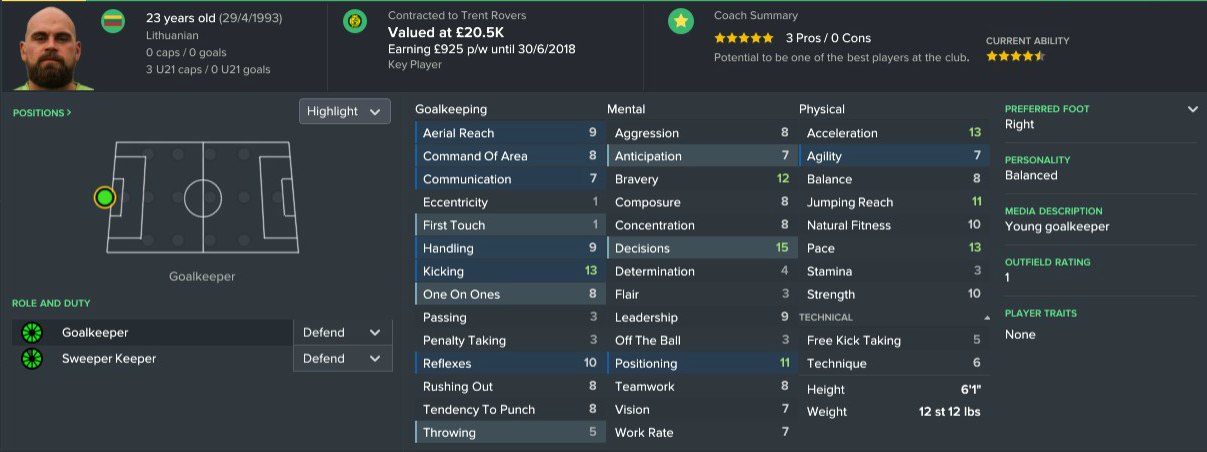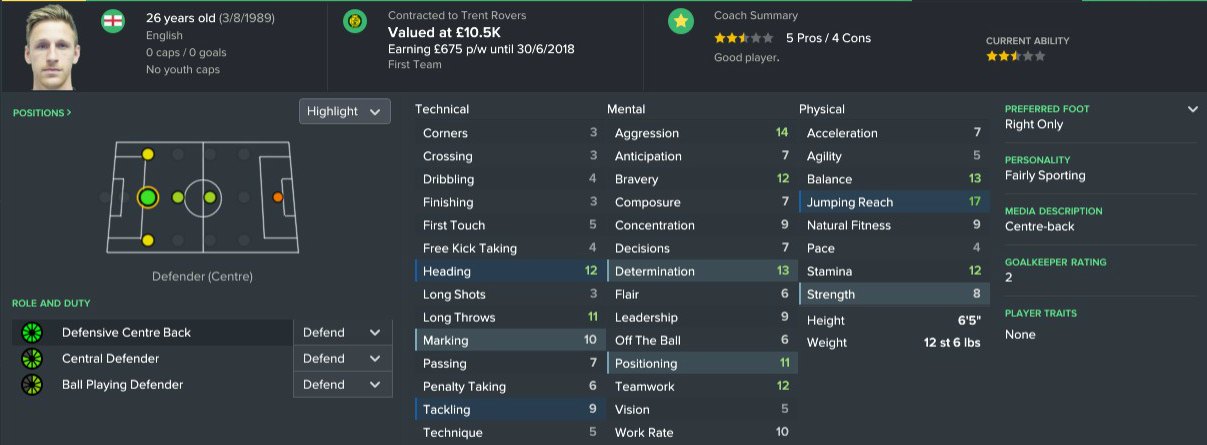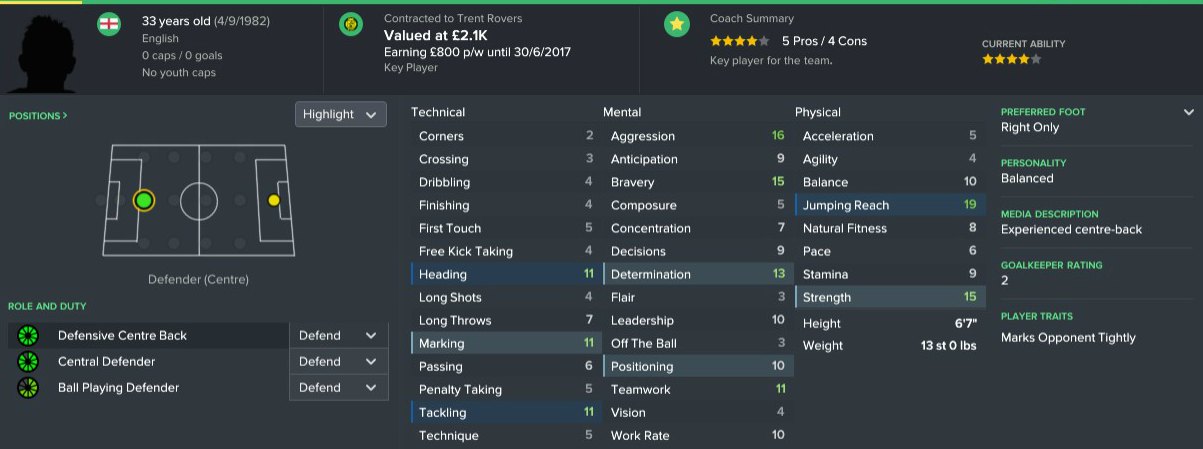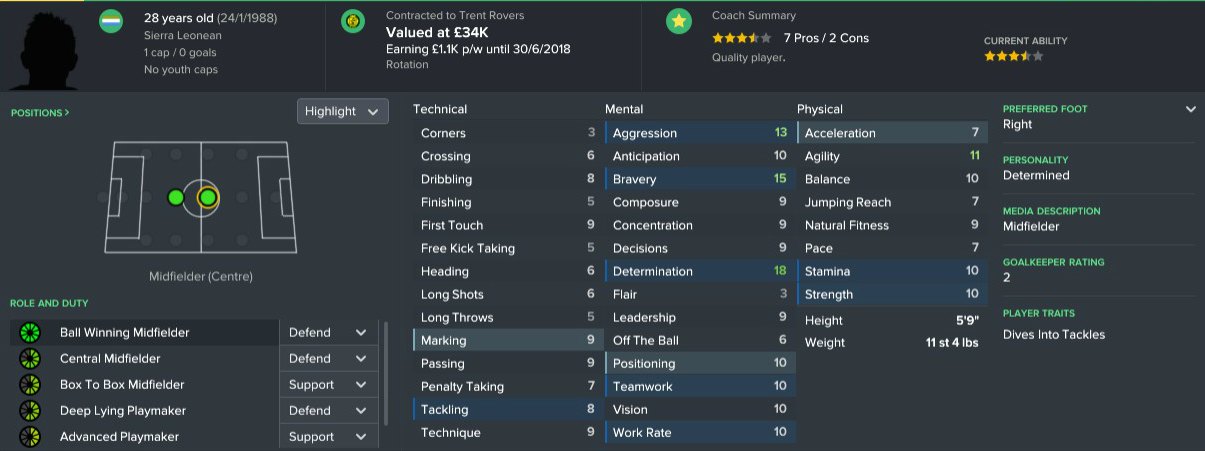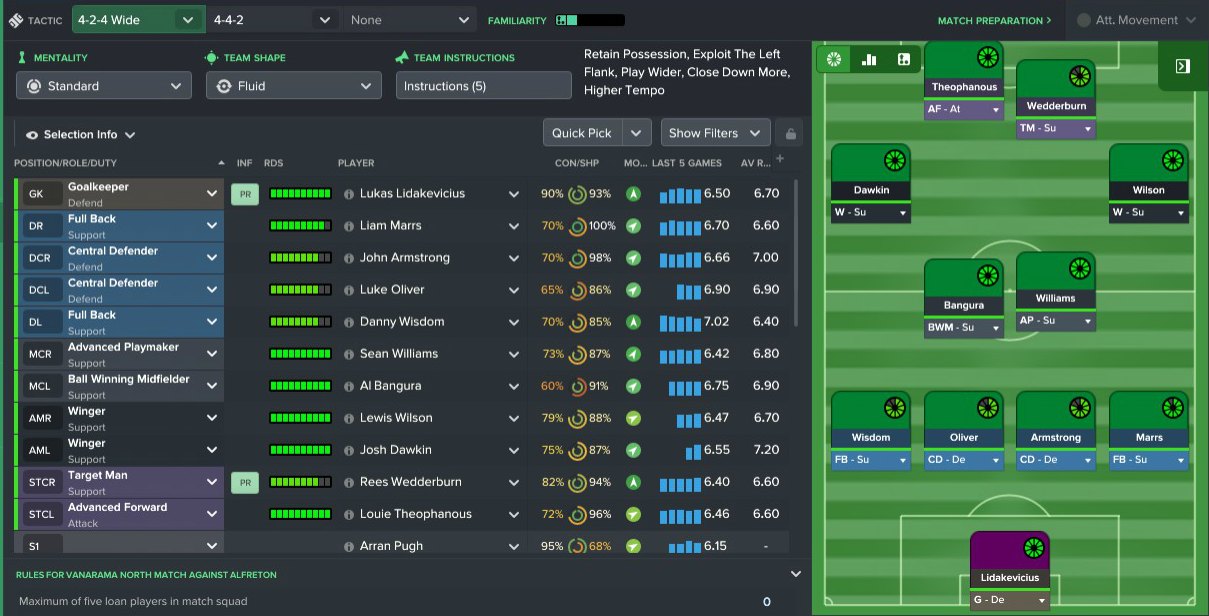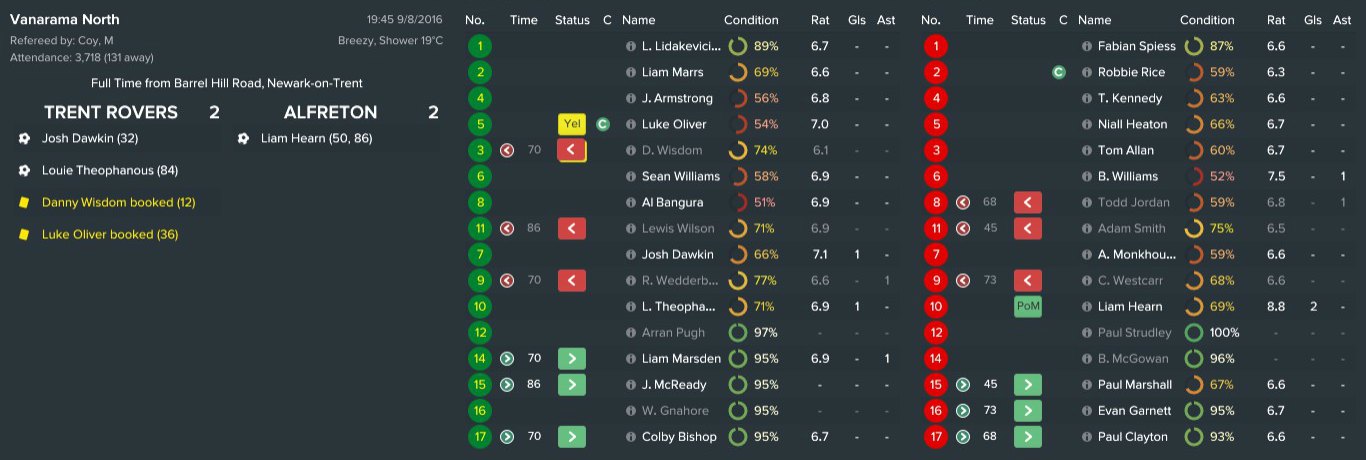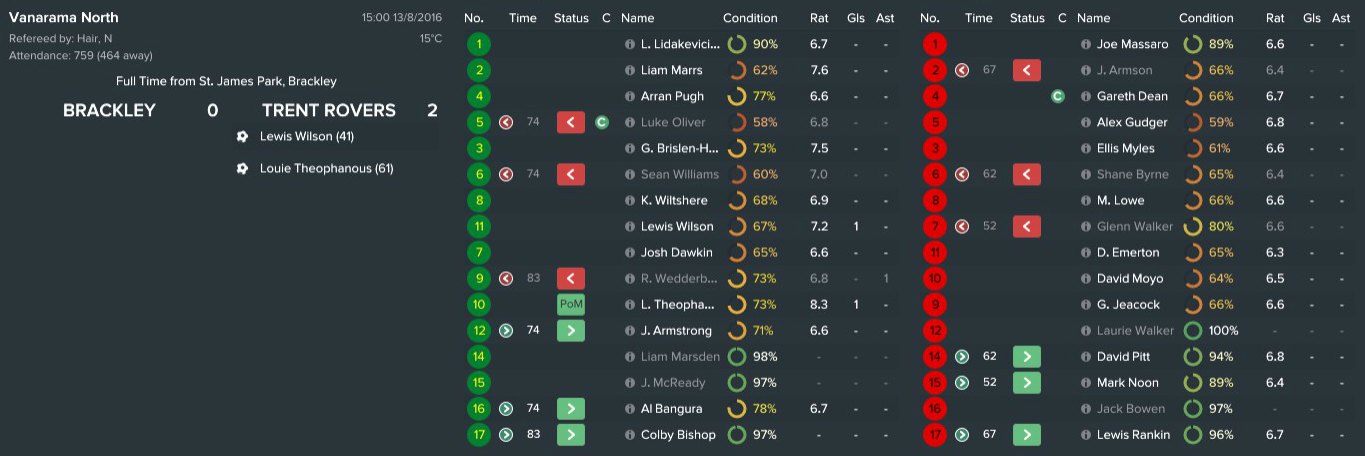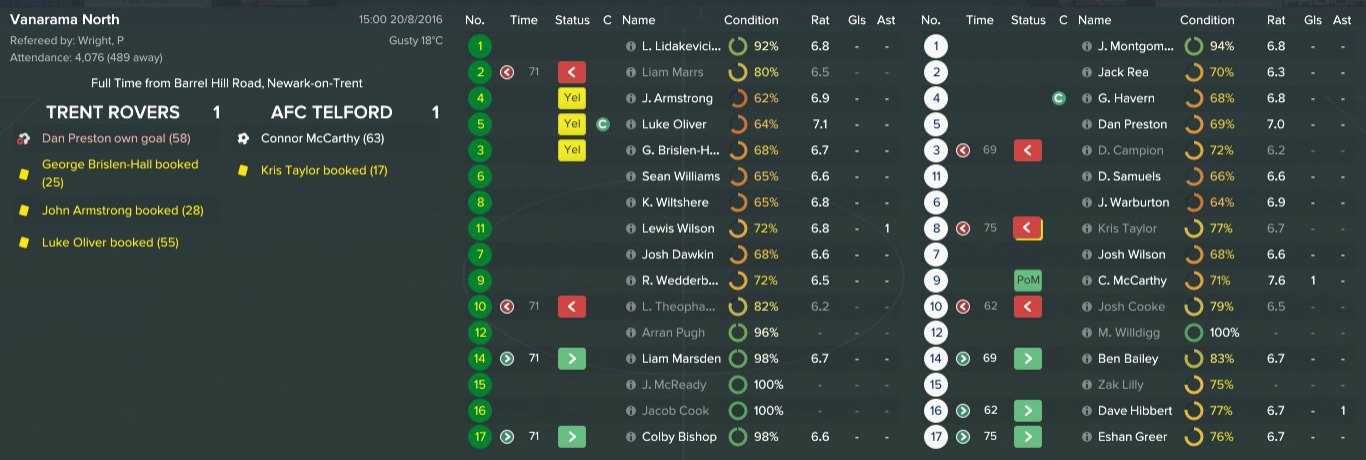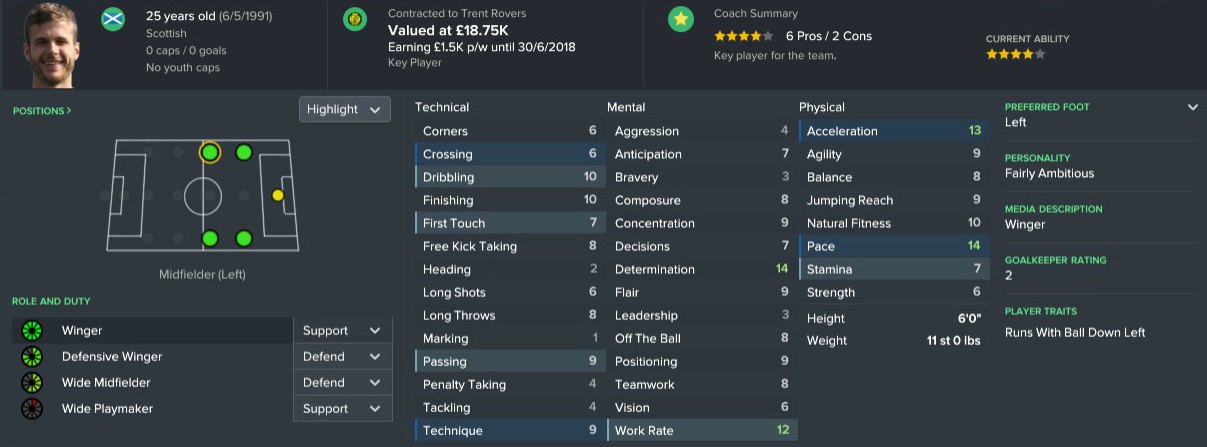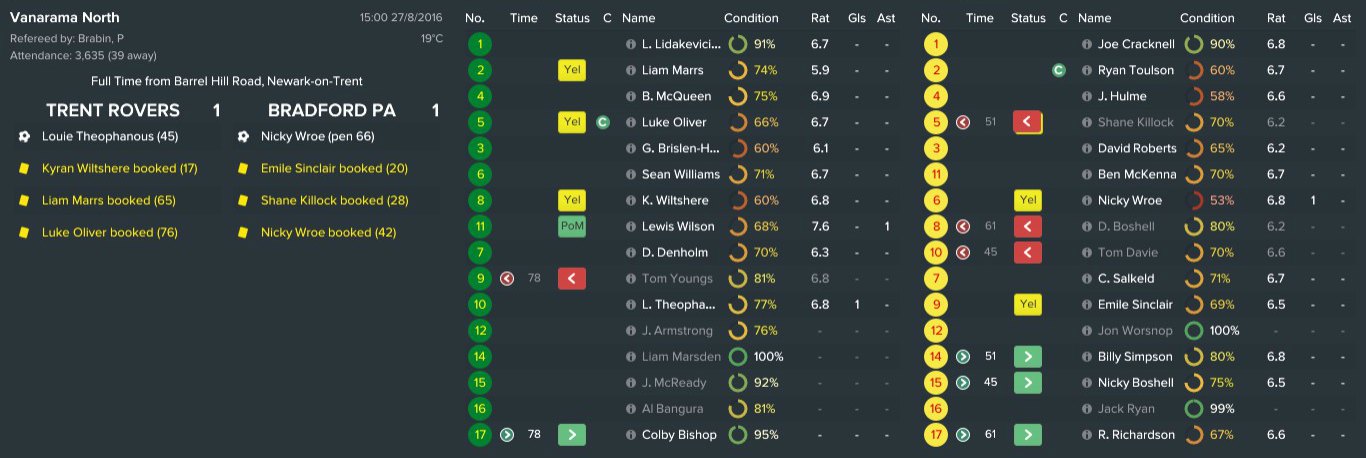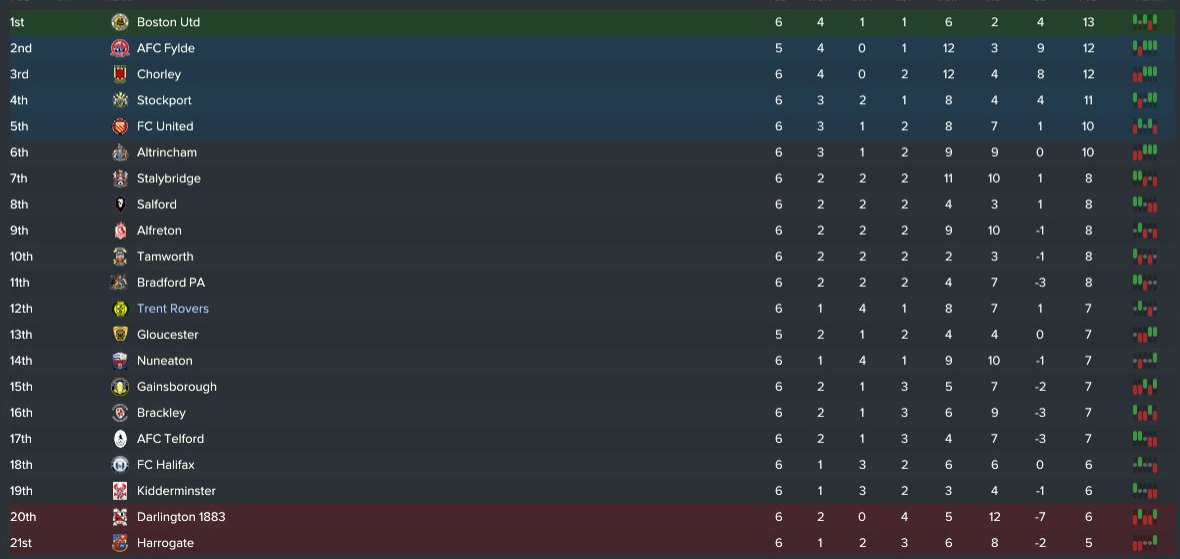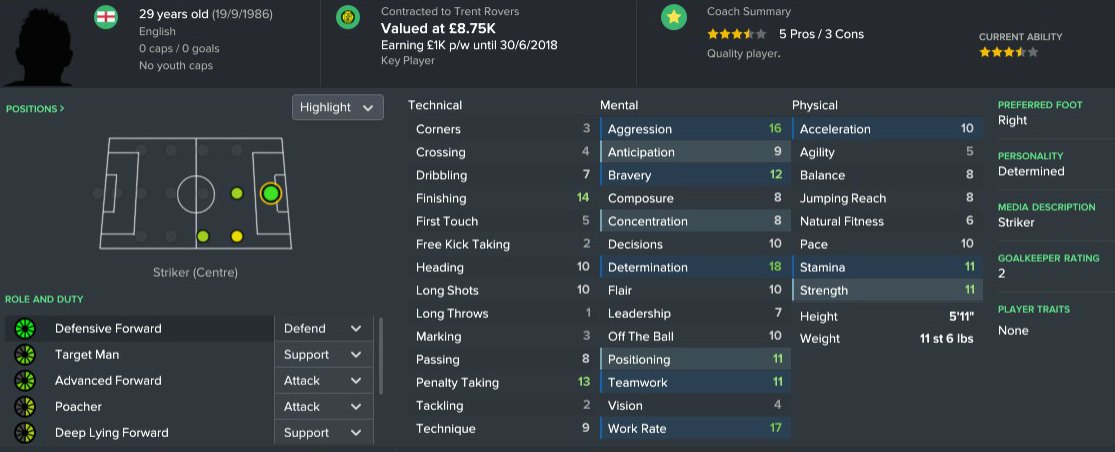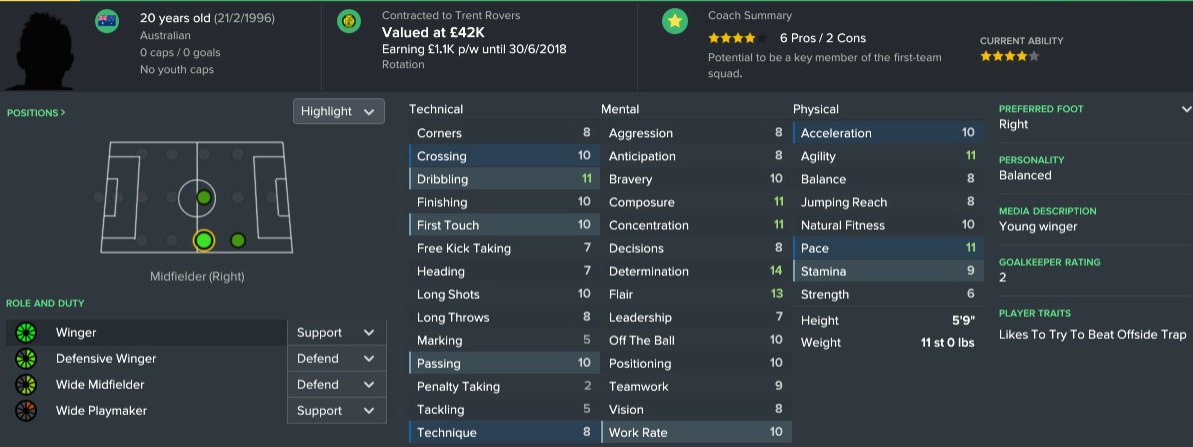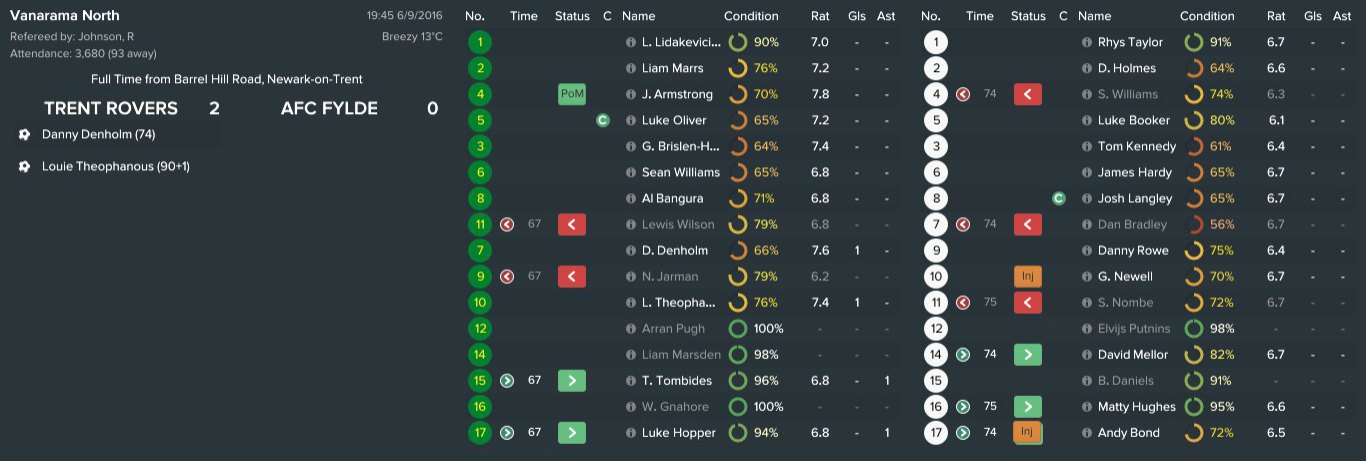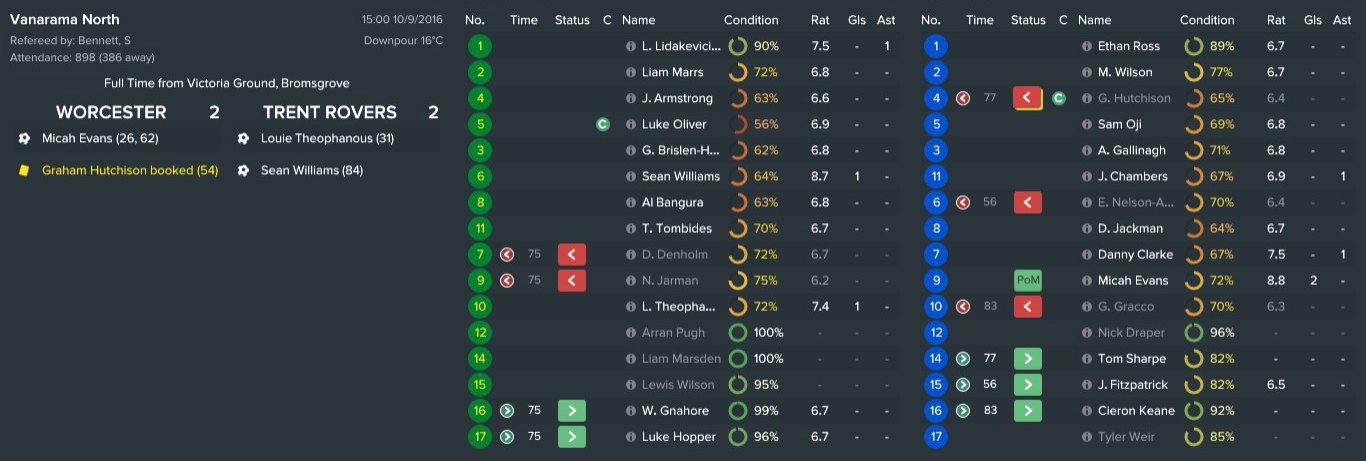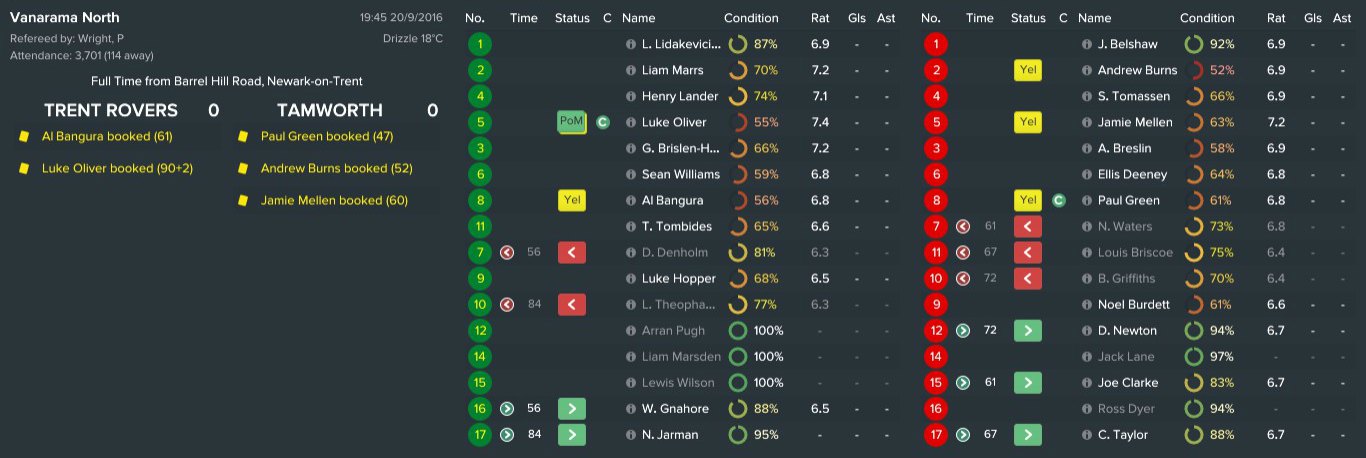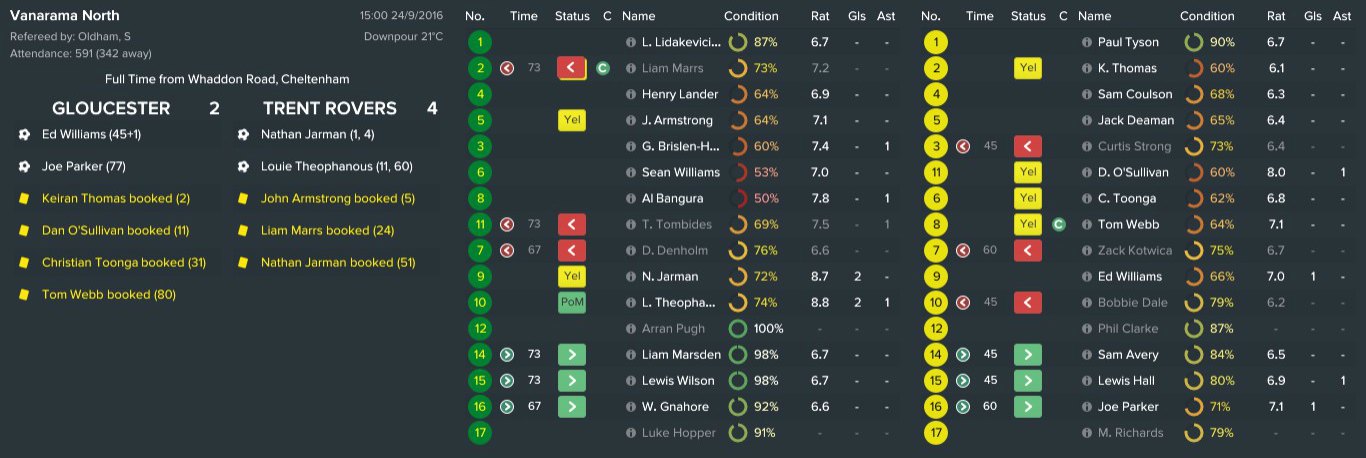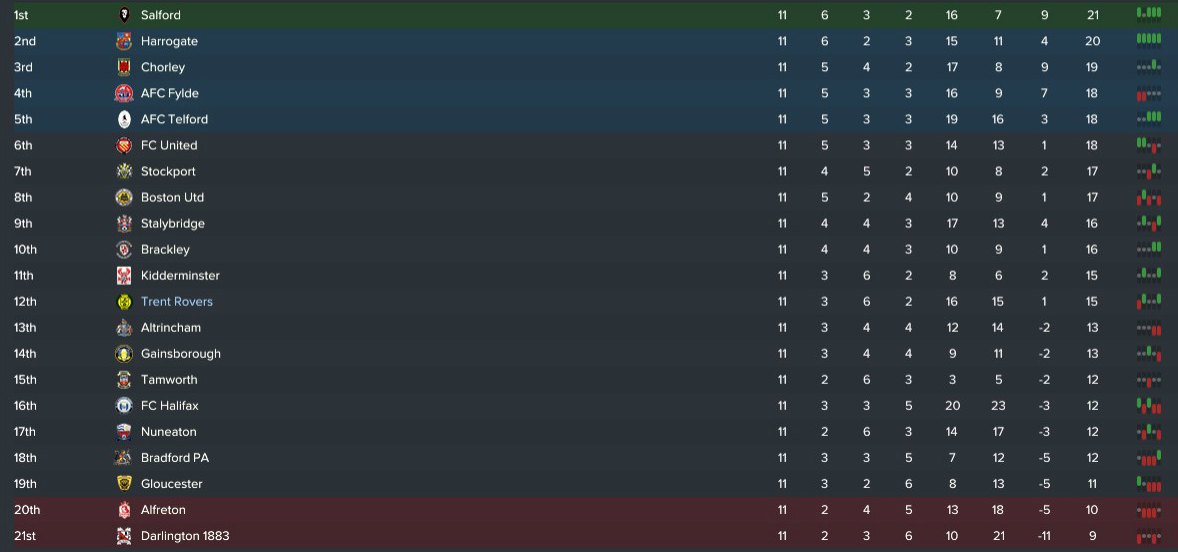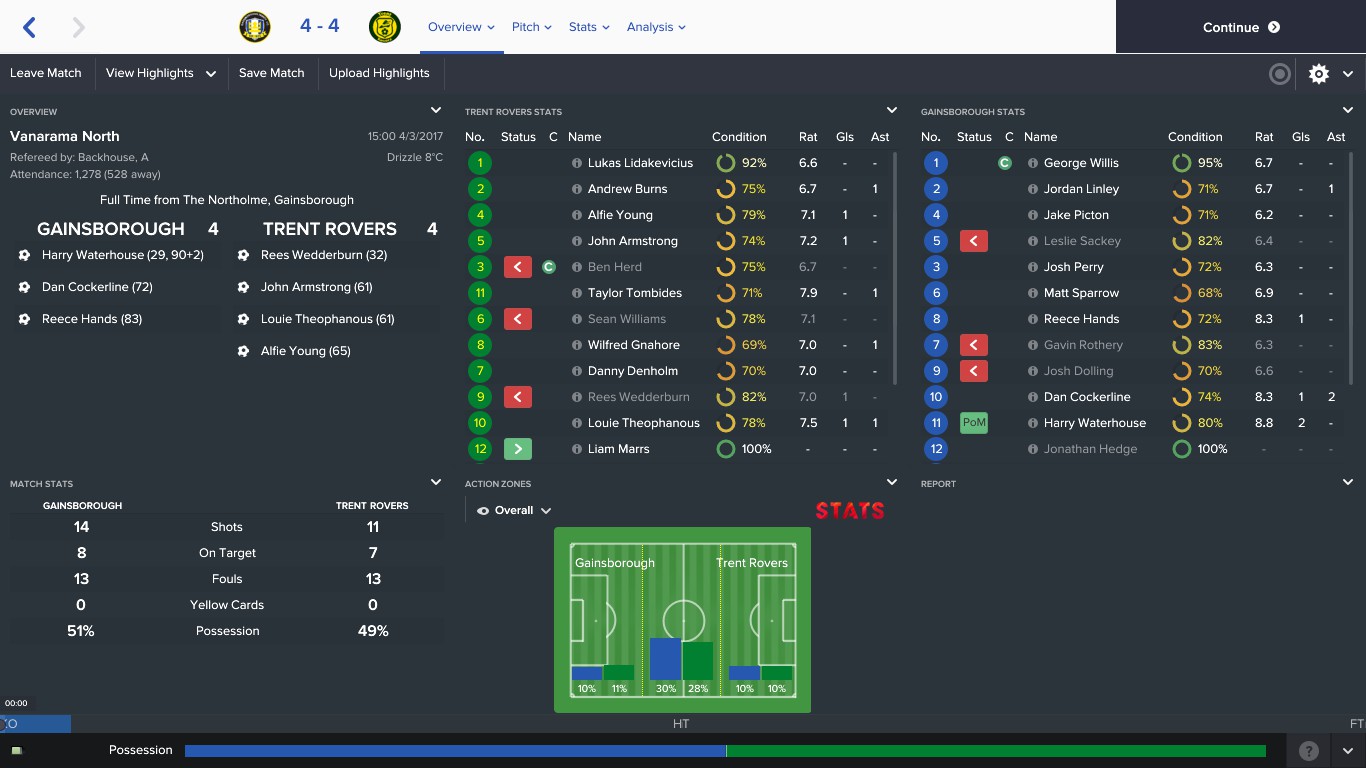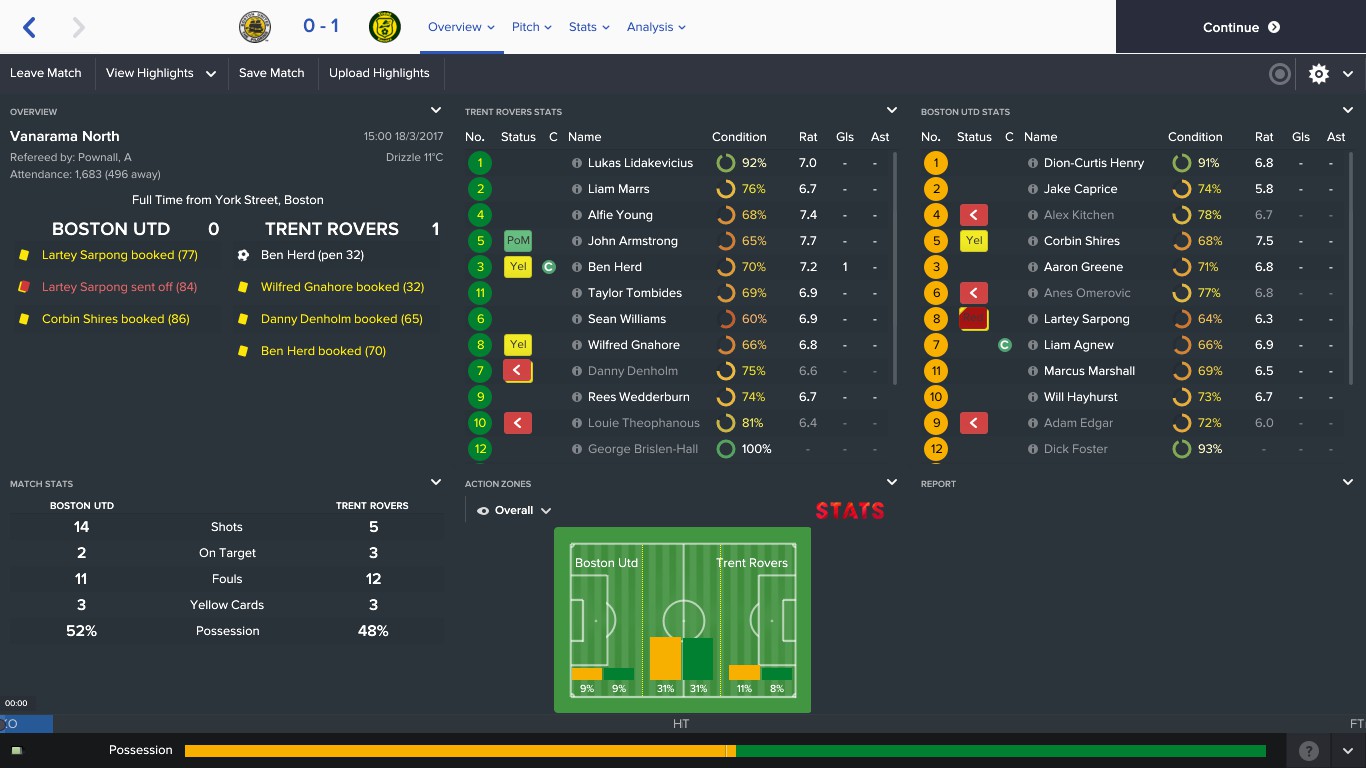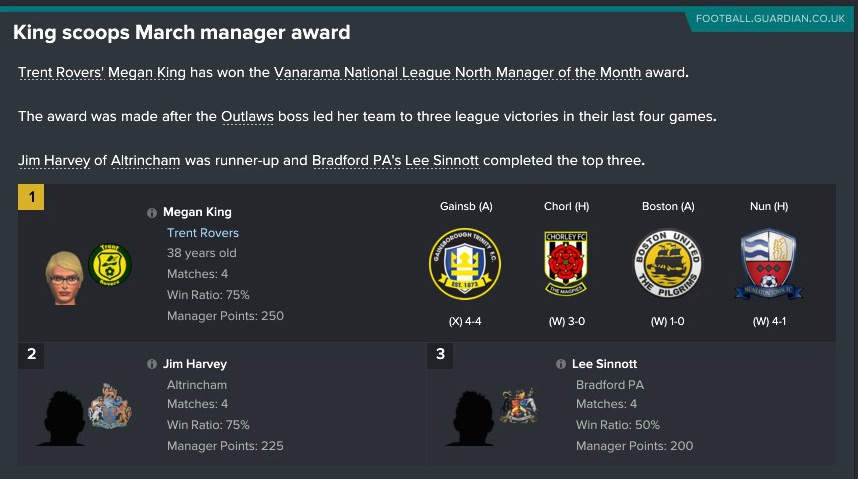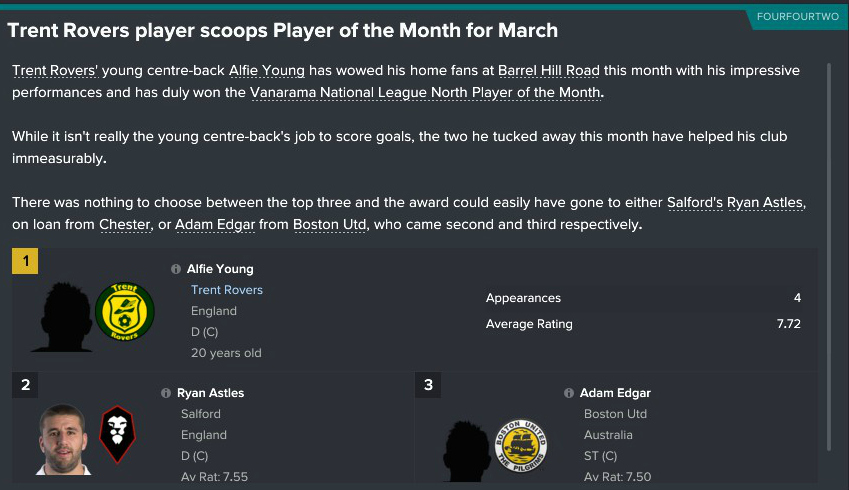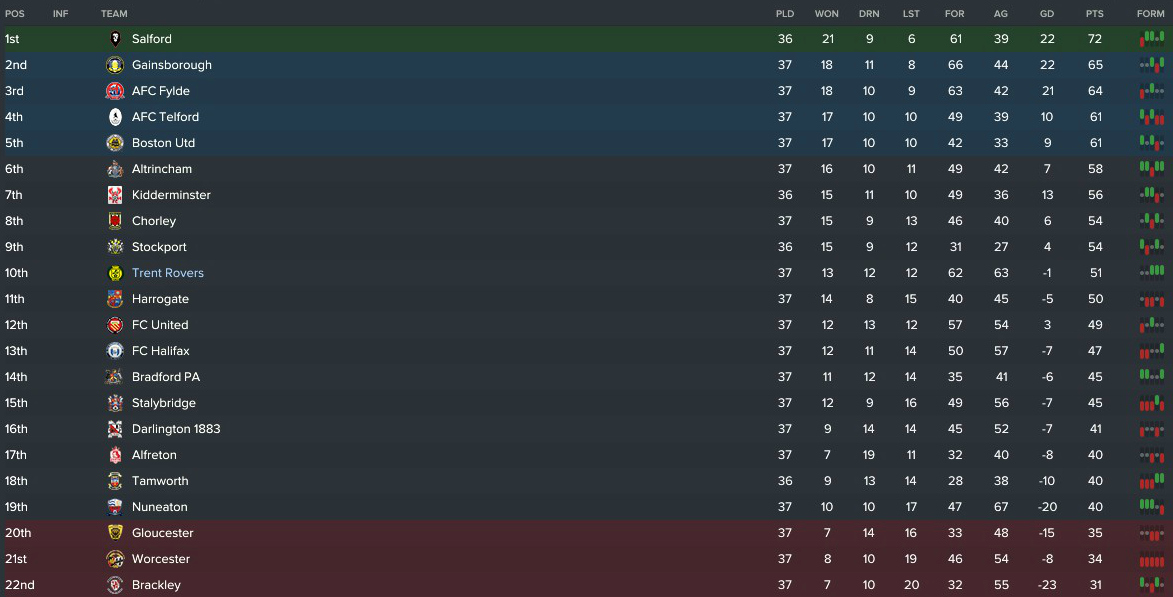Welcome To Nottinghamshire, the Home of Robin Hood, the Goose Fair, Brian Clough's European magic and Trent Rovers Football Club.
After the relegation of Worksop Town from the Conference North during the 2006-07 season, with the club in dire financial trouble, and losing ownership of their ground Sandy Lane, the club were close to folding. However, seeing potential in the areas lack of football club's and ability to move up the league's with the right investment, a group of Nottinghamshire businessmen bought the club, and moved it a short distance down the A1 to Newark-on-Trent, building a new stadium and training complex showing their desire for the club to succeed.
In an interview at the time, the Club's newly appointed CEO Fred Hunt expressed his remorse that the move was similar to that of the deeply unpopular decision to move Wimbledon FC to Milton Keynes in 2002. He stated “not only is the move a much shorter distance, it will help grow the club's fan base – there is significant investment planned for the project and the local area should be very excited”. The aim was to turn the club into only the fourth Nottinghamshire side in the football league, adding an extra badge that the county could be proud of. With this in mind the club used the imagery and history of local legend Robin Hood to put together a striking brand for the club.
With a new location came a new name - Trent Rovers, a new stadium – Major Oak, a 10,000 seater stadium with potential to expand to 25,000 capacity, named after Robin Hood's supposed hideout, and a new state of the art training facility Barrel Hill Road, including a reserve team stadium with a capacity of 3,500.
The Outlaws found their first season in the Northern Premier tough, finishing 13th and with the new owners unhappy, the club replaced Ian Bowling as manager with a highly rated young local manager named Sam Thompson.
Under Thompson's tenure the club quickly rose up the Tiers with no less than five back-to-back promotions helping the Club reach the Championship in 2012-13. Sam Thompson left the club in May 2012, to pursue a career in the top tier of English Football with West Bromwich Albion, replacing Roy Hodgson who had left to take up the England National team hot seat.
The departure of Thompson who had made the club very much his own, caused discontent amongst the fans who were upset to see the manager who had changed the club's fortunes around, allowed to leave so easily. CEO Fred Hunt decided to put together plans to expand the stadium to a capacity of 20,000 to allow them to start competing with the bigger teams in the league as well as calming some of the discontent among the fans.
29th July 2012, disaster struck Trent Rovers when the steelwork in the Castle Stand at Major Oak collapsed under the weight of the additional tier being built. The accident killed 5 people and left 3 paralysed.
The club moved to Lincoln City's Sincil Bank for the 2012-13 season, but the cost of the disaster including enquiries into why the stadium collapsed, legal costs amongst other expenditures meant the Outlaws were unable to pay wages for 2 months between January and March 2013. Performances started to slip as a result and on 4th May 2013, Trent Rovers were relegated back to League One.
As quickly as the team climbed up the Leagues, the club slid back down them, eventually being relegated to the Conference North during the 2015-16 season. However, having finally stabilised the clubs finances by selling the land Major Oak stood for £2 million, the club are now in a good financial shape to make a comeback and learn from the mistakes of their past.
Manager-less Trent Rovers announced today that they will be making a major announcement tomorrow evening.
To be continued....
After the relegation of Worksop Town from the Conference North during the 2006-07 season, with the club in dire financial trouble, and losing ownership of their ground Sandy Lane, the club were close to folding. However, seeing potential in the areas lack of football club's and ability to move up the league's with the right investment, a group of Nottinghamshire businessmen bought the club, and moved it a short distance down the A1 to Newark-on-Trent, building a new stadium and training complex showing their desire for the club to succeed.
In an interview at the time, the Club's newly appointed CEO Fred Hunt expressed his remorse that the move was similar to that of the deeply unpopular decision to move Wimbledon FC to Milton Keynes in 2002. He stated “not only is the move a much shorter distance, it will help grow the club's fan base – there is significant investment planned for the project and the local area should be very excited”. The aim was to turn the club into only the fourth Nottinghamshire side in the football league, adding an extra badge that the county could be proud of. With this in mind the club used the imagery and history of local legend Robin Hood to put together a striking brand for the club.
With a new location came a new name - Trent Rovers, a new stadium – Major Oak, a 10,000 seater stadium with potential to expand to 25,000 capacity, named after Robin Hood's supposed hideout, and a new state of the art training facility Barrel Hill Road, including a reserve team stadium with a capacity of 3,500.
The Outlaws found their first season in the Northern Premier tough, finishing 13th and with the new owners unhappy, the club replaced Ian Bowling as manager with a highly rated young local manager named Sam Thompson.
Under Thompson's tenure the club quickly rose up the Tiers with no less than five back-to-back promotions helping the Club reach the Championship in 2012-13. Sam Thompson left the club in May 2012, to pursue a career in the top tier of English Football with West Bromwich Albion, replacing Roy Hodgson who had left to take up the England National team hot seat.
The departure of Thompson who had made the club very much his own, caused discontent amongst the fans who were upset to see the manager who had changed the club's fortunes around, allowed to leave so easily. CEO Fred Hunt decided to put together plans to expand the stadium to a capacity of 20,000 to allow them to start competing with the bigger teams in the league as well as calming some of the discontent among the fans.
29th July 2012, disaster struck Trent Rovers when the steelwork in the Castle Stand at Major Oak collapsed under the weight of the additional tier being built. The accident killed 5 people and left 3 paralysed.
The club moved to Lincoln City's Sincil Bank for the 2012-13 season, but the cost of the disaster including enquiries into why the stadium collapsed, legal costs amongst other expenditures meant the Outlaws were unable to pay wages for 2 months between January and March 2013. Performances started to slip as a result and on 4th May 2013, Trent Rovers were relegated back to League One.
As quickly as the team climbed up the Leagues, the club slid back down them, eventually being relegated to the Conference North during the 2015-16 season. However, having finally stabilised the clubs finances by selling the land Major Oak stood for £2 million, the club are now in a good financial shape to make a comeback and learn from the mistakes of their past.
Manager-less Trent Rovers announced today that they will be making a major announcement tomorrow evening.
To be continued....


